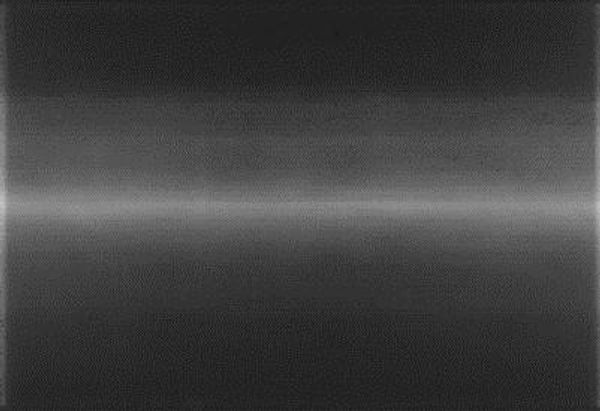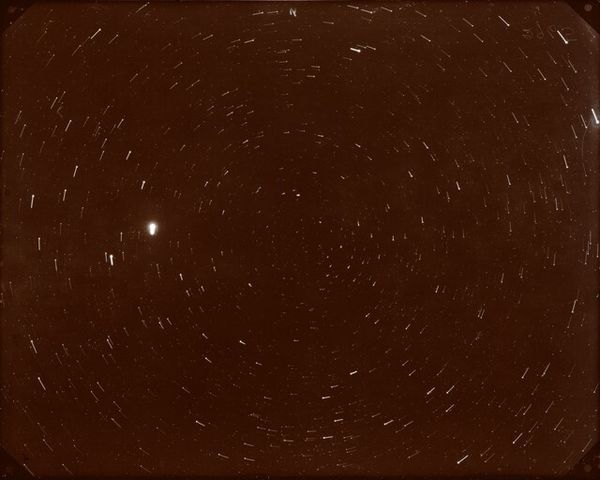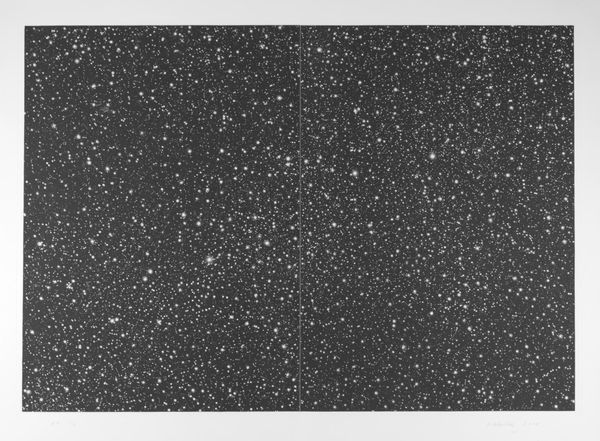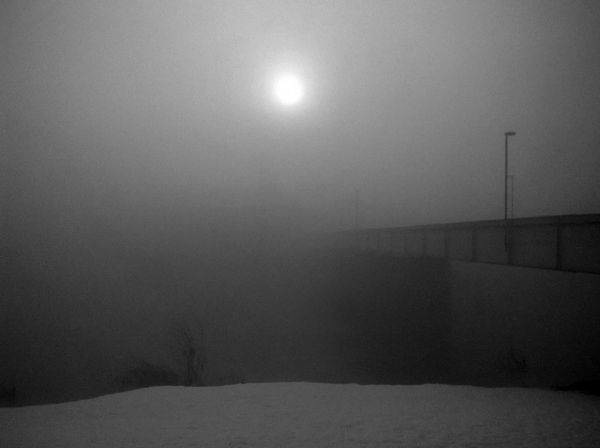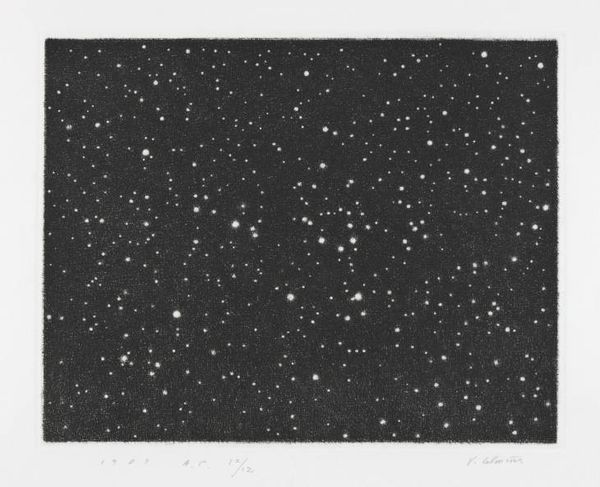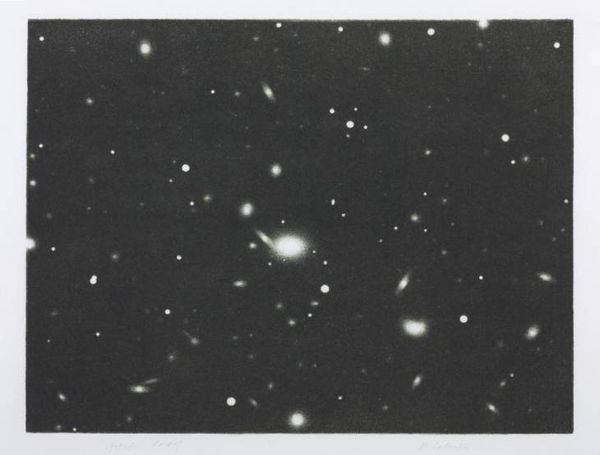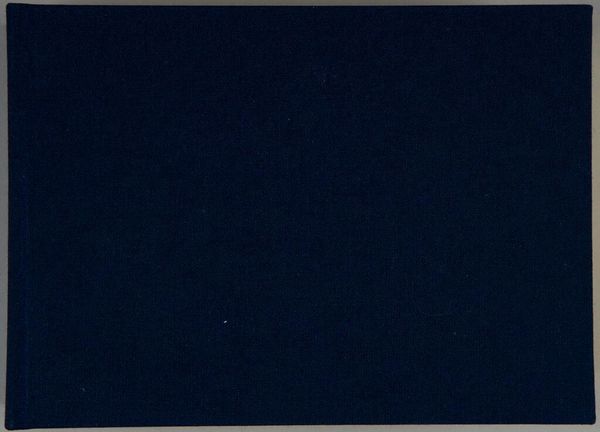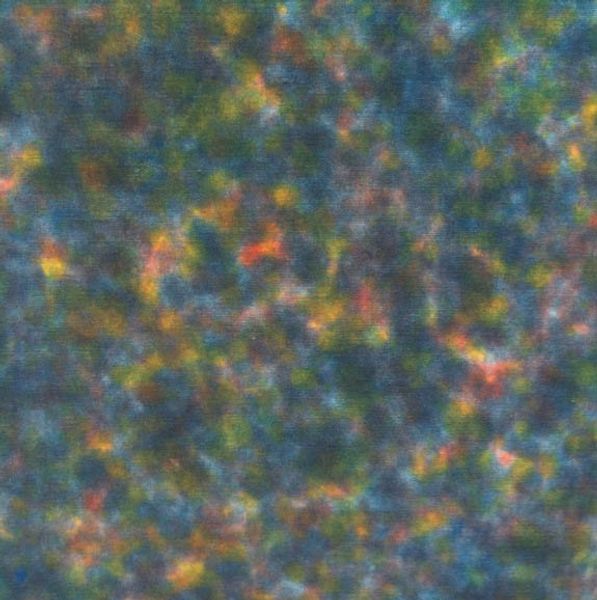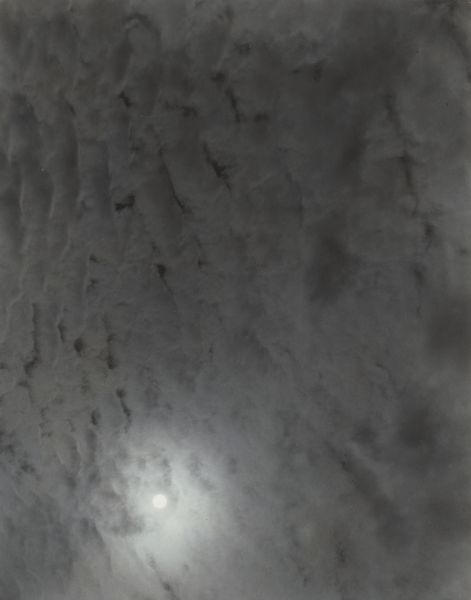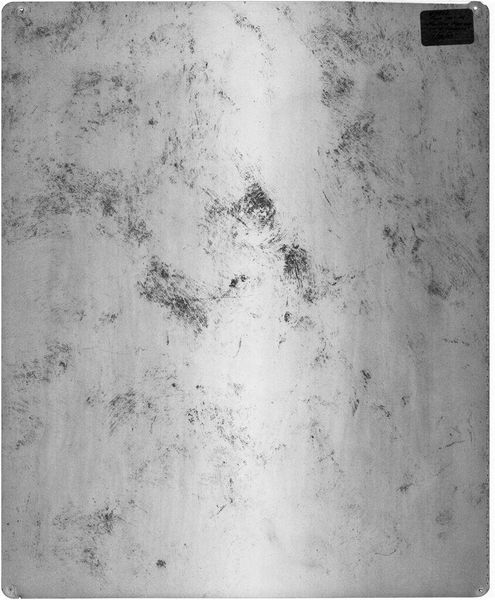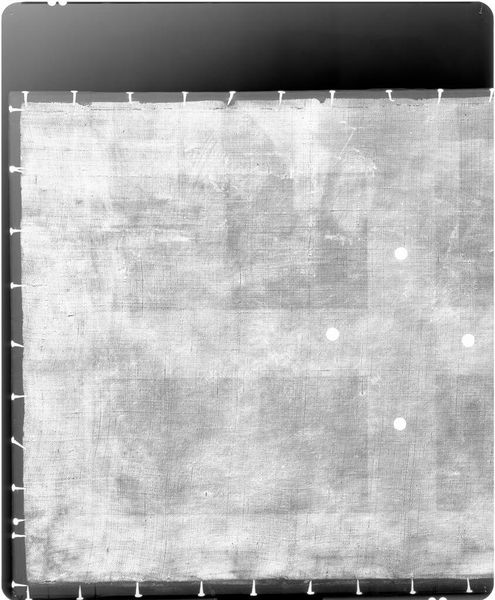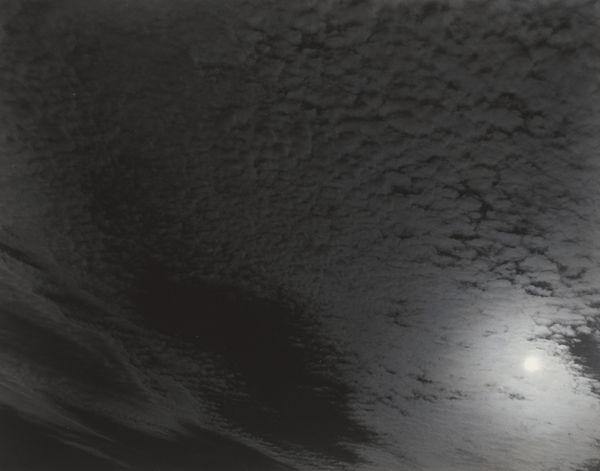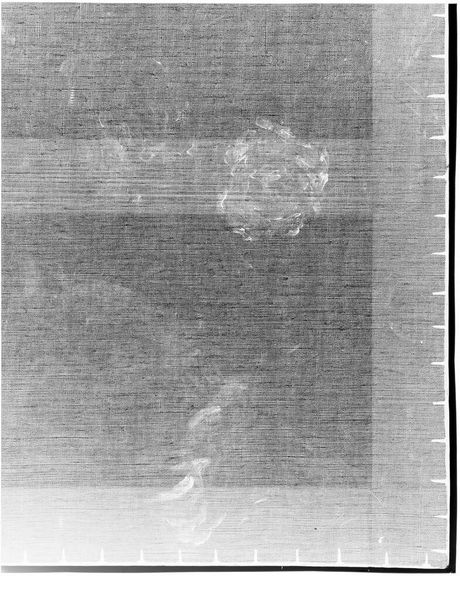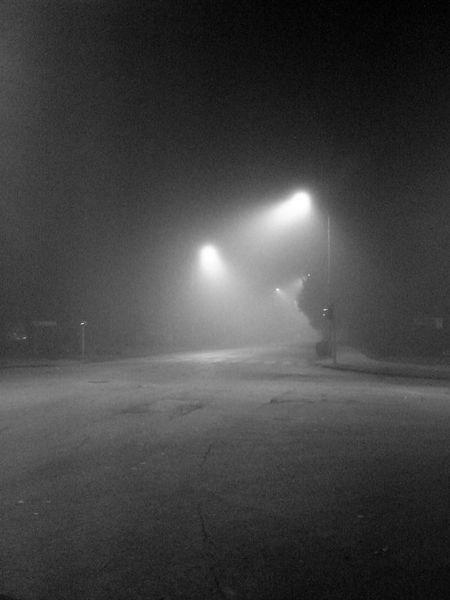
photography
#
sky
#
black and white photography
#
landscape
#
photography
#
monochrome photography
#
cityscape
#
monochrome
Copyright: Creative Commons NonCommercial
Curator: My goodness, that’s…intense. All I feel is a thick, heavy blanket of solitude. I wonder, is there even air to breathe in there? Editor: Indeed, this striking piece is “Night,” a 2017 photograph by Chaokun Wang. Its monochrome palette immediately establishes a mood—a rather isolating one, wouldn't you agree? Look at how the composition emphasizes the vertical, directing our gaze upwards toward the concentrated light source in the sky, dominating the top of the image. Curator: The light… almost oppressive, in a way. Like a searchlight on your soul, and it makes that small figure down at the bottom so much smaller and lonelier. It feels intensely personal, you know? Almost voyeuristic, like I’m intruding on someone’s private moment of… something. Maybe contemplation? Editor: The genius lies in the simplicity, wouldn't you say? The visual language here is stark—the lack of color reduces the narrative to pure form. The figure's placement within the frame and how it relates to the cityscape far away along the shore sets up interesting semiotic readings of power, maybe surveillance, certainly alienation given its distance from that soft and unclear illumination that seems more artificial than naturally moonlit. The grainy texture gives a sort of distressed feel. Curator: Absolutely, and the graininess – it's like static on the radio, interfering with communication. Or memory. Like trying to grasp something that keeps slipping away. I keep picturing the photographer out there on that beach, just him and the vastness, waiting for the precise moment… It sends shivers down my spine. This artist captured a certain kind of modern anxiety, maybe even existential angst, right? Editor: One could easily apply a philosophical reading, touching on themes of existentialism, humanity's place in the cosmos, how postmodern urban spaces generate these effects—certainly all reasonable points of view. But one should always recognize the material basis through which art conveys such information as an element. Its tonal composition, along with other visual factors, sets a complex stage for interpreting the subject in play with formal execution of that theme. Curator: True, it isn’t just *what* is there, but *how* it’s all presented to us. Thanks, I can finally put the feelings into something a little bit more tangible now. Editor: Absolutely! That intersection of form, concept, and experience is where an artwork truly begins to breathe.
Comments
No comments
Be the first to comment and join the conversation on the ultimate creative platform.
